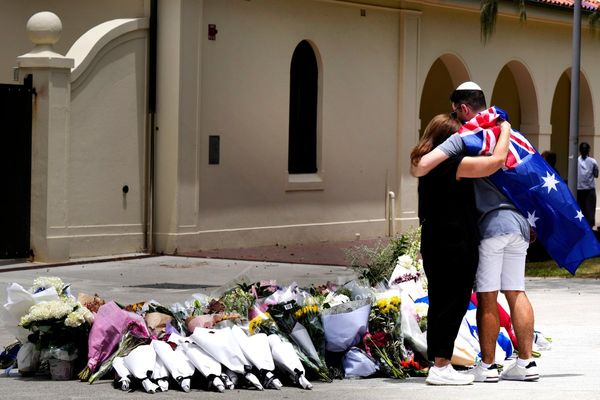Its forces losing ground by the day to Kyiv’s counteroffensive, Russia said it still hasn’t finalized the borders of two of the four regions of Ukraine that President Vladimir Putin last week claimed as his own.
“As for Kherson and Zaporizhzhia, we will continue to consult with the people who live in those regions,” Kremlin spokesman Dmitry Peskov said on a conference call Monday. He declined to elaborate on how that might take place or whether the new frontiers would be set out in separate laws. “I’ve said all I can say on that,” he said when pressed by reporters for clarification.
His comments fuel the uncertainty around Russia’s hastily organized drive to annex the four regions that its troops still partially occupy in Ukraine. Putin signed documents Friday to make them part of Russia “forever,” but the Kremlin at the time said it couldn’t say precisely what the borders of the annexed zones were.
“Russia has a problem - it doesn’t fully control these territories,” said Alexei Makarkin, deputy director of the Center for Political Technologies in Moscow. “But you can’t be moving the frontier posts every day, otherwise Russia wouldn’t have fixed borders on the map at all.”
Ukraine’s troops retook Lyman, a major transport hub in one of the regions claimed by Russia over the weekend, while there were reports it had pushed Russian troops back in the Kherson region on Monday.
Later, a senior legislator from Russia’s ruling party said one of the regions may be expanded beyond the provincial border to include some towns from a neighboring region.
Ratification documents submitted to the Russian parliament Sunday by the Kremlin only added to the confusion.
For two regions, the self-declared Donetsk and Luhansk People’s Republics, Russia claimed borders as of 2014, when it fomented separatist uprisings there. Those never managed to take the full territories of the Donetsk and Luhansk provinces that their unrecognized leaders claimed.
For the others - Kherson and Zaporizhzhia - the draft laws cite both the administrative boundaries of the provinces and the actual line of control at the time of annexation, which in some cases are miles apart. Peskov declined to elaborate when asked about the apparent contradiction.
He said Russia has no plans at present to conduct new “referendums” in those two regions to determine the views of residents. Facing the biggest losses to Ukrainian forces in months, the Kremlin pushed through annexation votes in September that drew condemnation from the United Nation and weren’t recognized internationally.
Pavel Krashenninikov, head of the legislation committee in the lower house of parliament, said later that Kherson would include a pair of towns from the neighboring Mykolaiv region that Russia claimed. Zaporizhzhia, he said, would be annexed at its provincial boundaries, though Ukraine still controls much of that territory, including the provincial capital.







